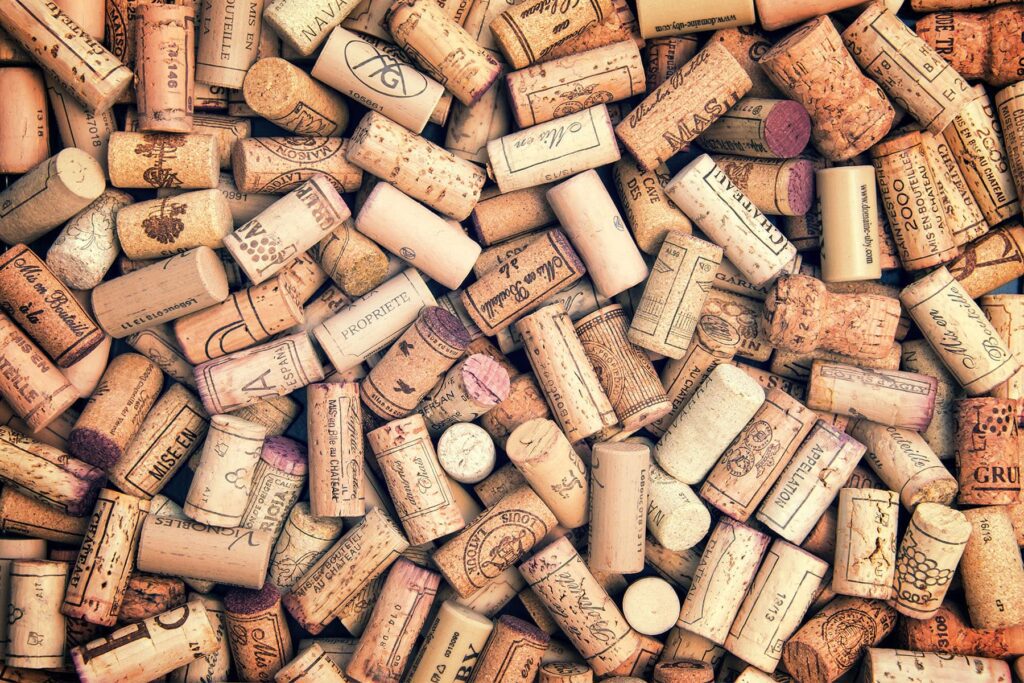
Wine Storage Humidity
Humidity is a critical, yet often overlooked feature in wine cellar design. A relative humidity (RH) of 50% to 70% is recognized as an adequate wine cellar humidity level, with 60% the ideal. Without ideal humidity, wine quality may be affected in a number of ways.
- When the humidity is higher than 70%, it will likely cause mold and degradation of the labels and glue.
- When the humidity is below 50%, corks will begin to dry out resulting in loss of liquid in the bottles and possible degradation of the wine.
Problems resulting from humidity issues can be solved or avoided with the right planning.
- The first step should be the installation of a vapor barrier around the entire room. A minimum of 4 mil. plastic is recommended, with seams overlapped and taped. The vapor barrier is installed on the outside (or warm side) of the cellar insulation. This is to prevent condensation forming on the vapor barrier, potentially causing mold.
- A cooling unit alone cannot add moisture or humidify cellar air. It needs a humidifier to do so. The best option is a humidifier integrated into a cooling unit so it operates and distributes the moisture evenly in the re-circulating air. However, a freestanding humidifier can also be installed in conjunction with a cooling unit as long as this is controlled by a high-quality, wall-mounted thermostat.
NOTE: Wine Guardian offers both freestanding and integrated humidifiers. Our freestanding model works with any competitor’s wine cellar cooling system. The freestanding model also can work independently of any cooling system.

